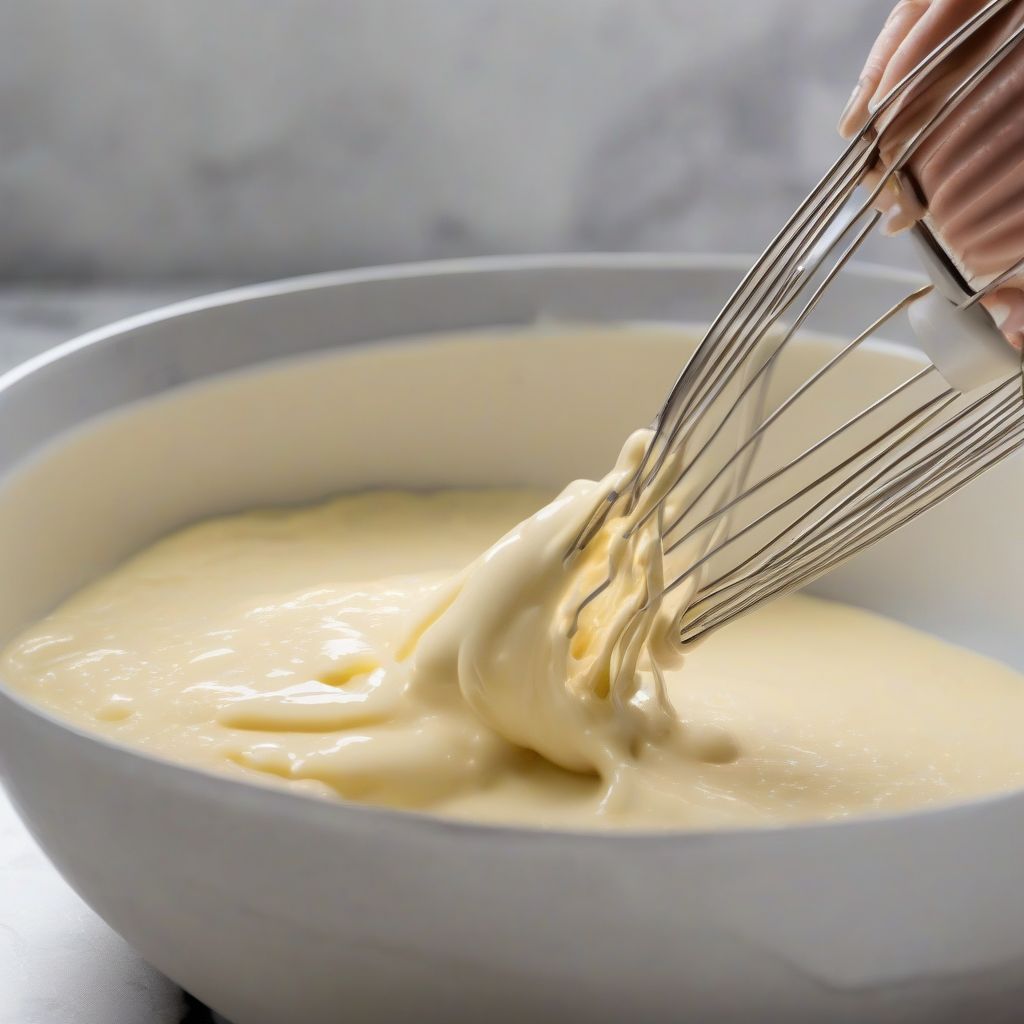We’ve all been there: staring into a mixing bowl, wondering if the batter clinging to the whisk is too thick or too thin. Achieving the right consistency in batters and doughs can feel like a baking mystery, but fear not! It’s a skill easily mastered with a little guidance. As a nutritionist and meal prepping coach, I’m here to demystify the world of batters and doughs, empowering you to bake with confidence.
Understanding the Science Behind Consistency
Before we dive into the how-to’s, let’s take a moment to understand why consistency matters so much in baking. Simply put, the consistency of your batter or dough directly impacts the texture and structure of your final product.
- Too thick: Can lead to dense, dry, and crumbly baked goods that don’t rise properly.
- Too thin: Can result in flat, soggy, or unevenly cooked treats.
The key is finding that sweet spot – the perfect balance of liquid and dry ingredients – to ensure a delightful texture every time.
Factors Affecting Batter and Dough Consistency
Several factors can influence the consistency of your batters and doughs, including:
- Ingredient Quality: The freshness and quality of your ingredients, particularly flour and leavening agents, can significantly impact results.
- Humidity: High humidity can cause your dry ingredients to absorb moisture from the air, making your batter or dough thicker.
- Measuring Techniques: Using inaccurate measuring tools or methods can lead to inconsistent results.
- Mixing Time: Overmixing or under-mixing can affect gluten development, impacting the texture of your baked goods.
Troubleshooting Common Consistency Issues
“Help! My Batter is Too Thick”
Possible Causes:
- Too much flour: Always scoop flour into your measuring cup instead of scooping directly from the bag, which can lead to overpacking.
- Not enough liquid: Double-check your recipe and ensure you’re using the correct amount of liquid.
- Overmixing: Overmixing can develop too much gluten, leading to a tougher, denser texture.
Solutions:
- Gradually add more liquid, a tablespoon at a time, until you reach the desired consistency.
- If you suspect overmixing, stop mixing as soon as the ingredients are combined.
“Help! My Dough is Too Sticky”
Possible Causes:
- Too much liquid: As with thick batter, ensure you’re using accurate measuring tools and techniques for your liquids.
- High humidity: Humidity can make dough sticky. If it’s humid, you may need to add a touch more flour.
Solutions:
- Lightly dust your hands and work surface with flour when kneading.
- Add a tablespoon of flour at a time to the dough and knead until it becomes less sticky. Be careful not to add too much flour, as this can make the dough tough.
“Help! My Batter is Lumpy”
Possible Causes:
- Insufficient mixing: Lumps can form if the batter isn’t mixed thoroughly enough.
- Adding ingredients too quickly: Adding ingredients too quickly, particularly dry ingredients to wet ingredients, can cause clumping.
Solutions:
- Ensure all ingredients are at room temperature before mixing.
- Gradually add dry ingredients to wet ingredients, whisking continuously to prevent lumps from forming.
- If lumps persist, strain the batter through a fine-mesh sieve before using.
 Whisking Batter
Whisking Batter
Expert Tips for Achieving Perfect Consistency
- Invest in quality measuring tools: Accurate measuring is crucial in baking.
- Read the recipe carefully: Familiarize yourself with the recipe instructions before starting.
- Use the right tools: Different recipes require different mixing tools.
- Don’t be afraid to adjust: Baking is a science, but it’s also an art. Don’t be afraid to make small adjustments to the consistency based on your experience and judgment.
- Practice makes perfect: The more you bake, the better you’ll become at judging the right consistency.
Conclusion
Mastering the art of achieving the perfect consistency in batters and doughs is a journey that takes practice and patience. By understanding the factors at play and following these tips, you’ll be well on your way to baking like a pro in no time! Remember, baking should be enjoyable. So, relax, have fun, and enjoy the delicious results of your newfound skills.
Now I’d love to hear from you! What are your biggest challenges when it comes to batter and dough consistency? Share your thoughts and questions in the comments below!
[amazon bestseller=”baking tools”]
